A New Yorker’s Return to Alaska
By Nora Gecan
On May 24th, my face gleefully pressed against an airplane window as I soared over the Chugach and descended into Anchorage. New York City and two semesters of hard work faded in the distance behind me. I was thrilled to be returning for my second summer as an ACF intern, and to be spending another three months in the great state of Alaska.
I am a graphic designer from New York – so how exactly did I wind up in the Alaska conservation field? In New York, I am three semesters away from completing a BA in Environmental Studies and a BFA in graphic design at the New School. Fortunately for me, the environmental studies program at the New School is connected with the ACF internship program. Thanks to that connection, I interned with Renewable Energy Alaska Project during the summer of 2009. I am now about a month into my 2010 internship with Alaska Marine Conservation Council (AMCC). The ACF internship program has helped me find conservation organizations for whom I am eager to work and who can put my design skills and knowledge of environmental issues to good use. It didn’t take long last summer to fall in love with Alaska, and I am so grateful to be back again, working in the conservation community.

This summer I have the opportunity to put my visual creativity to use for AMCC in many capacities. I am doing all I can to boost the visual identity of AMCC and help the organization create professional and compelling print and electronic publications. My efforts this summer will include redesigning logos, creating striking newsletters, developing a line of ocean-themed merchandise, designing event posters and more. I am particularly excited to be providing assistance to AMCC’s Bering Sea program. For the past three years, AMCC has endeavored to protect the marine ecosystems of the Bering Sea- as well as the coastal communities who depend on its resources for their subsistence way of life- from the harmful effects of bottom trawling. Bottom trawling devastates the ocean floor and captures huge amounts of wasteful bycatch (fish and marine life that are not the fisheries’ target species). Working with the Bering Sea Elders Advisory Group, AMCC has been conducting interviews with knowledgeable members of the tribes along the Bering Sea coast about their hunting and fishing practices. After the information is collected on maps during these interviews, AMCC Program Assistant Julia Beaty (also a former ACF intern) then digitizes the data using GIS. The goal it to present to the North Pacific Fisheries Management Council a compelling case for areas in the northern Bering Sea that should be off limits to bottom trawling. I have the opportunity to take the interviews and maps and create digital and print products through which AMCC can present this vital information in a compelling manner that produces a successful policy outcome.
As I spend more time with AMCC, I’m learning quite a bit about marine conservation and the long, rich history of fisheries, coastal communities, and the subsistence way of life in Alaska. Whereas last summer I was able to view Alaska through the lens of renewable energy development, this summer working with AMCC is allowing me to view the state through the lens of marine conservation. Conserving the marine ecosystems of Alaska is not just a matter of protecting wildlife, but of sustaining peoples’ livelihoods – from commercial fishermen to those living the subsistence way of life in rural Alaska. Working in marine conservation is intrinsically tied to climate change, as the mounting threat of ocean acidification threatens to dramatically alter our marine ecosystems, with potential widespread impacts on the tens of thousands of Alaskans who depend on our bountiful oceans for food, employment, culture, and livelihood. I couldn’t begin to choose the most pressing issue facing Alaskan conservation because all of these challenges – energy, sustainable harvesting of fish, climate change – and others – agriculture, urban planning, oil and gas development – are all tightly interwoven.
I am not a scientist. I chose to come back to Alaska to work for AMCC not because I had expertise in marine biology or resource management, but because I knew it was an opportunity to help people and to improve the quality of life of Alaskans. I came back to Alaska because I knew my skills as a designer and my passion for conservation and environmental justice could be utilized by an organization whose work directly impacts the lives of many Alaskans. I came back to Alaska because the state’s beauty, unique character and incredible citizens captivated and inspired me, and because working for conservation in Alaska means working on the front lines of creating a more sustainable future for our planet.
But life’s not all work this summer! My time in Alaska during these sun-filled months is packed with fun as well, including hiking, traveling, learning to ride a motorcycle, and bear and moose sightings galore. Although I have to return to New York in the fall to finish my undergraduate degrees, I hope to soon return again to the state and experience Alaskan winter. My east coast friends and family love to remind me that it’s cold and dark up here during the winter months, but I bet I’ll survive!


